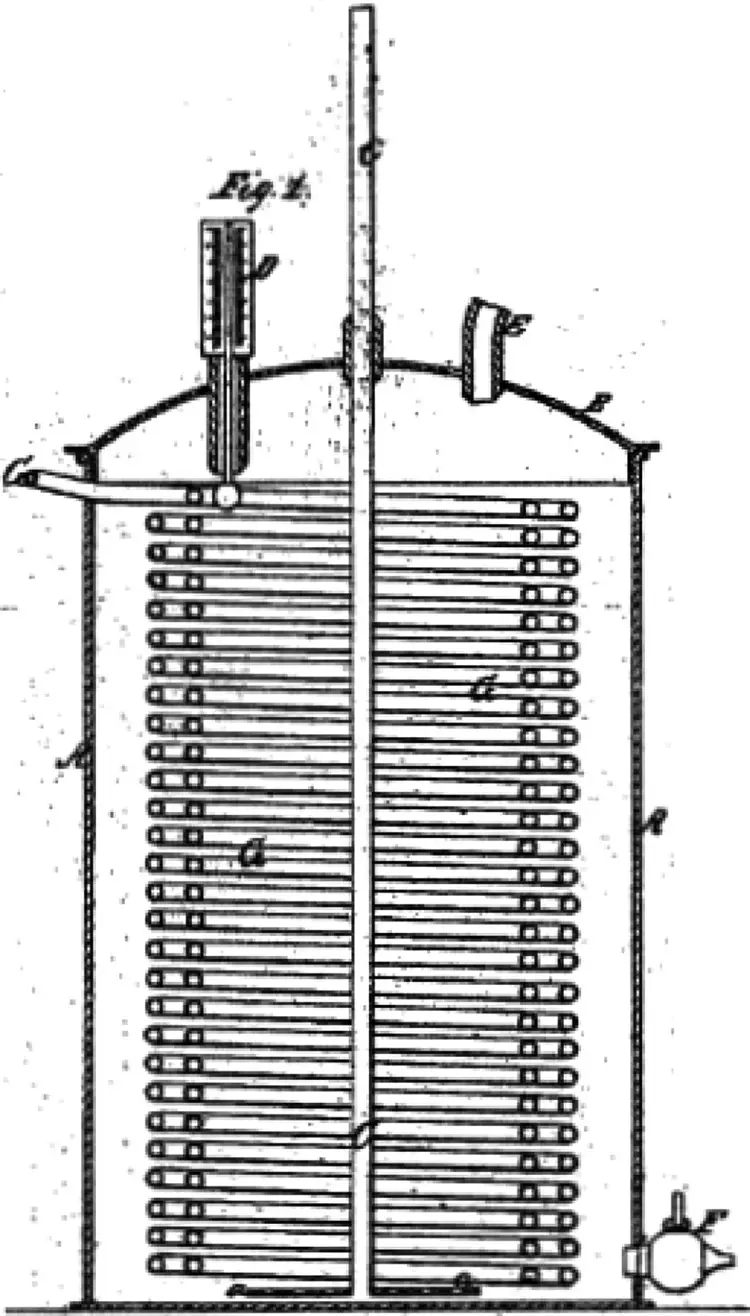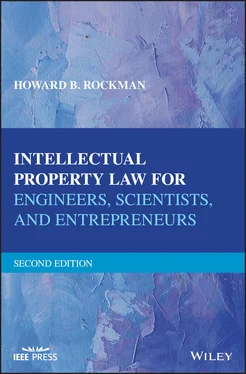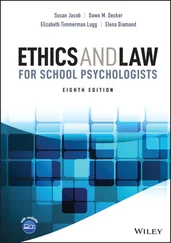5.2 PRELIMINARY COMMENTS ON PROTECTING FOREIGN PATENT RIGHTS
As alluded to previously, a significant number of foreign countries throughout the world utilize what is called the “absolute novelty” rule, which requires that a patent application be on file in that country before any public disclosure of the invention. In other words, there is no one‐year grace period as offered by U.S. law. However, based upon a series of treaties adhered to by the United States and most countries, procedures have been established to protect the patentability of inventions throughout the world.
Pursuant to these treaties, if an inventor files a patent application in the inventor’s home country, and a corresponding patent application is filed in a foreign country within one year of the date of the home country application filing date, the constructive filing date of the foreign patent application is the home country application filing date, or the “priority date,” under the provisions of the Paris Convention of 1883 (discussed in further detail in Chapter 16). By way of example as to how this system works, if you were to file an application for a patent on an invention on January 1 in the USPTO, and then publicly disclose that invention at a trade show, sales meeting‚ or otherwise on January 2, and then file patent applications in the European Patent Office, Japan, India, South Korea‚ and Australia on December 1 of the same year, the effective filing date of all of your foreign patent applications would be the same as your United States filing date, and therefore your patent application in those foreign countries would not be barred based upon your public exposure of the invention on January 2. There is a further treaty called the Patent Cooperation Treaty (PCT) which allows you to file a document within that one‐year period with the USPTO, that extends the time that you have to file foreign patent applications for a total of up to 30 or 31 months from your initial U.S. patent application filing date. PCT applications are also covered in Chapter 16.
Therefore, if you determine that your invention has potential worldwide acceptance and value, it is extremely important to ensure that there is no public disclosure of your invention before your U.S. or home country patent application filing date. After filing, you are free to publicly show and commercialize your invention. There are provisions in the United States Patent Law, such as Provisional Patent Application filings, which allow the patent attorney to make a rapid and proper application filing in the USPTO, and obtain an official filing date before you make any public disclosure of your invention. If necessary, the patent attorney can work to one or two day requirements in preparing a Provisional Patent Application. However‚ it is not recommended that you wait until such a late date to inform your patent attorney about the subject matter of your invention, and your desire to obtain protection in several countries.
5.3 ADDITIONAL COMMENTS ON EXPERIMENTAL USE VERSUS ACTUAL USE OF THE INVENTION
If for reasons that are beyond your control, such as a lack of financing, or the fact that a budget for introduction for new products for a given year has already been expended, you find yourself in a situation where your invention, or certain aspects of your invention, may have been exposed to third parties more than a year before your patent application filing date without being covered by a Confidential Non‐Disclosure Agreement, consideration must be given to inquiring whether such use can be established as experimental use and not public use by revisiting the facts surrounding such disclosure. One major consideration is whether or not the disclosure to third parties involved a disclosure of a complete, workable invention, or whether or not development work was still being conducted on the invention, and additional work on the invention took place after such disclosure. A disclosure that will defeat the validity of a patent must be a disclosure of the complete invention. Disclosures to third parties such as vendors or potential marketing partners more than a year before the patent application was filed may be held to be “experimental uses” if it can be shown that development work continued from the point of that disclosure forward to perfect and modify the invention, and the invention was not technically complete and should not be considered an “invention” upon the date of disclosure. Any significant changes to your invention made after such disclosure tend to prove that the disclosure was made only of the experimental model, and not the completed invention. Also, public uses of the invention for technical test purposes are usually considered as experimental uses, while on the other hand, market testing of the complete or near‐complete invention are considered as public uses, and not experimental uses.
To avoid any possibility of creating “public information” that may affect the validity of the patent adversely, I suggest that as soon as you have determined that the project you are working on may lead to a patentable invention, and before there is any public disclosure of the invention outside the realm of the inventors or the company for or with whom you may be working, consideration be given to patenting your invention, and that you gain information from a patent professional as to what disclosure of the invention can or cannot be made, and how “confidential” disclosures can be made that will not affect patent rights. This will avoid issues adverse to patentability from arising in the first place.
INVENTORS AND INVENTIONS
Alfred Nobel
DYNAMITE

Recall all those cartoons from your childhood where the bad guy would always think of an elaborate plot to beat the good guy, and time after time the bad guy would pick up a box of Acme TNT and get blown up. If it were not for Alfred Nobel and his invention, we probably would not have those wonderful memories of dynamite blowing up the bad guy.
Alfred B. Nobel was born in Stockholm, Sweden, on October 21, 1833. His father left his family in Sweden in 1837 and moved to St. Petersburg, Russia, to start a new business, producing submarine mines and torpedoes that he designed for the Russian government. In 1842, the family, including Alfred, his mother, and three brothers, moved to St. Petersburg. The mines made by Alfred’s father were submerged wooden caches filled with gunpowder, and were successfully used in the Crimean War (1853–1856).
Alfred Nobel and his brothers were all educated by private teachers, and they also traveled extensively. At the age of 17, Alfred was fluent in five languages, and had taken an early interest in chemistry, as well as physics, English literature, and poetry. During his travels, he visited Paris, where he met Ascanio Sobrero, an Italian chemist who had previously invented nitroglycerine, a highly explosive liquid. Nitroglycerine was a powerfully explosive but unstable mixture of glycerin and sulfuric and nitric acids. It would explode unpredictably when subjected to heat and pressure, and was considered too dangerous for practical use. Alfred Nobel became interested in solving the safety problems inherent with nitroglycerine and finding a method for its controlled detonation.
In 1852, Alfred Nobel returned to St. Petersburg to work in the family business, where he and his father experimented in reducing nitroglycerine to a useful explosive for construction purposes. After the Crimean War, in 1863, Alfred’s parents and one of his brothers, Emil, returned to Stockholm, where they worked on developing a useful form of nitroglycerine. Several explosions in their shop, including one in 1864 that killed Emil and several others, led the Stockholm city government to forbid nitroglycerine experiments within city limits. Alfred moved his experiments to a barge on Lake Mälaren, where he began to mass‐produce nitroglycerine.
Читать дальше













